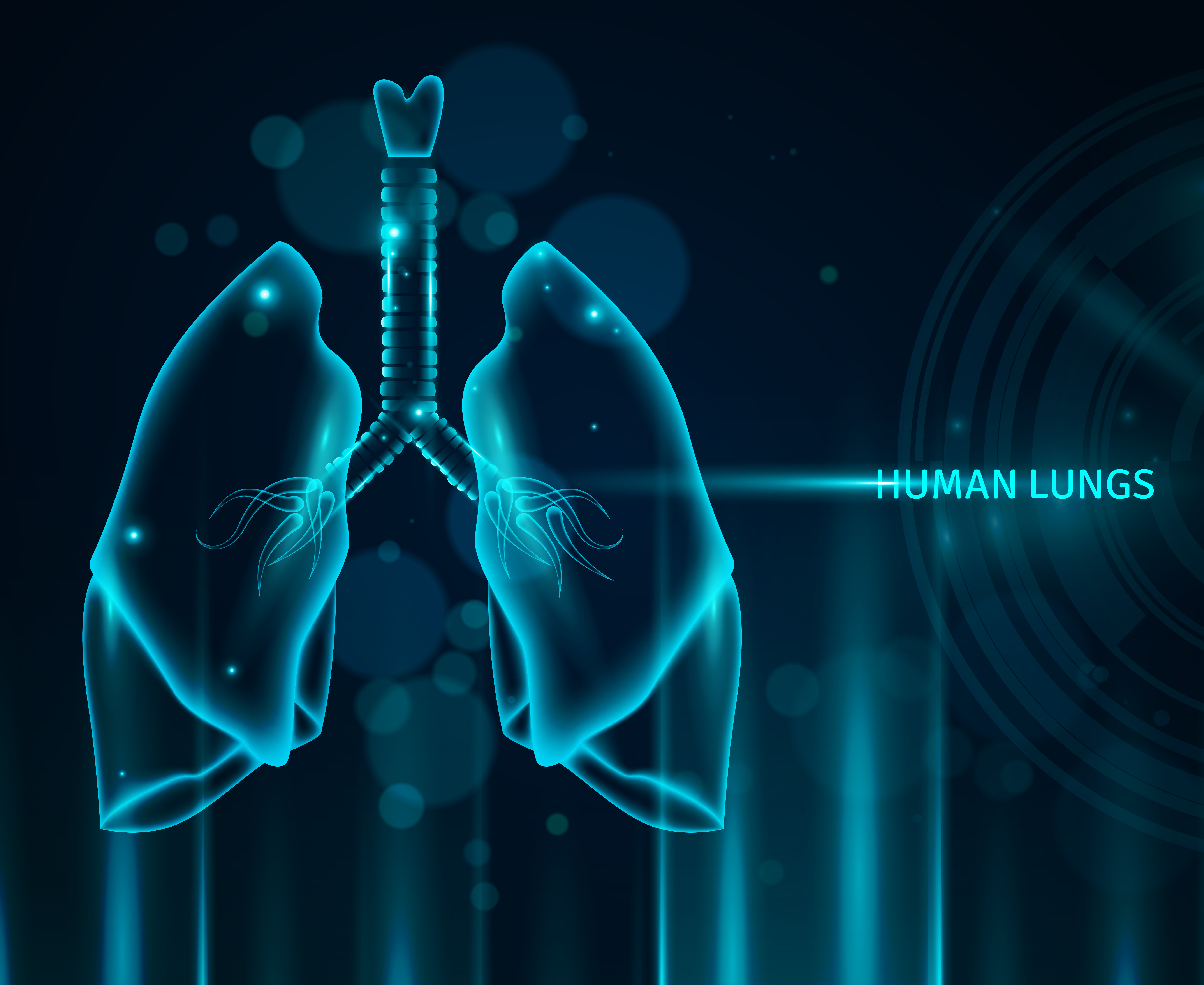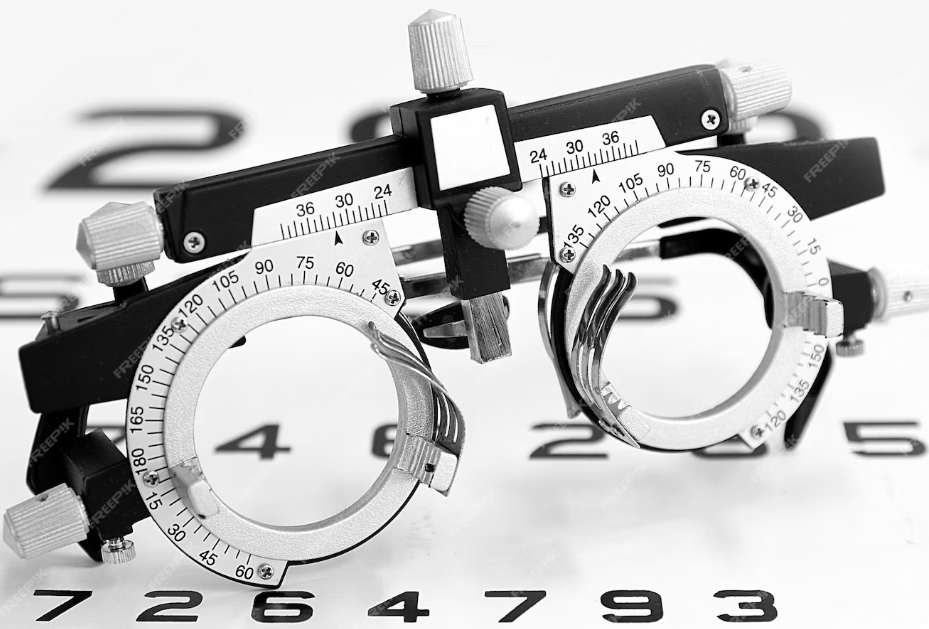Bronchoalveolar Lavage Fluid: Translating Lung Biology into Therapeutic Insights

Strong 8k brings an ultra-HD IPTV experience to your living room and your pocket.
The lungs are among the most intricate and sensitive organs in the human body, constantly exposed to the external environment. Whether through inhaled pathogens, pollutants, or allergens, the lungs act as the frontline defense of the respiratory system. To understand the health of this complex organ, clinicians and researchers rely on specialized techniques that allow direct sampling of the lung's internal environment. One of the most valuable tools in this regard is bronchoalveolar lavage fluid (BALF) analysis.
What is Bronchoalveolar Lavage Fluid?
Bronchoalveolar lavage (BAL) is a minimally invasive procedure that involves washing a small part of the lung with sterile saline and retrieving the resulting liquid, which contains cells, proteins, microorganisms, and other molecules from the lower respiratory tract. The collected bronchoalveolar lavage fluid samples provide a snapshot of the microenvironment within the alveoli and small airways.
Unlike blood tests, which reflect systemic conditions, BAL fluid gives insights directly related to local pulmonary pathology. It is particularly useful in diagnosing infections, inflammatory conditions, interstitial lung diseases, and even some cancers. Over the past few decades, BAL has evolved from a diagnostic tool to a platform for understanding lung biology at the molecular level, paving the way for novel therapies.
Clinical Applications of BAL Fluid Samples
Traditionally, bronchoalveolar lavage fluid samples have been used to identify infections in immunocompromised patients, such as those undergoing chemotherapy or organ transplantation. In cases of unexplained fever or respiratory symptoms, BAL can help detect pathogens like Pneumocystis jirovecii, cytomegalovirus, or bacterial agents, which may not appear in sputum or blood cultures.
Beyond infections, BAL is frequently used to assess diffuse lung diseases, such as sarcoidosis, hypersensitivity pneumonitis, and idiopathic pulmonary fibrosis. In these cases, the types and proportions of immune cells in the fluid samples—such as lymphocytes, neutrophils, or eosinophils—can provide diagnostic clues and inform treatment decisions.
From Diagnostics to Discovery: Research Advancements
While BAL fluid has long been used for diagnostic purposes, its role in biomedical research has grown significantly in recent years. With the advent of omics technologies—such as genomics, proteomics, metabolomics, and transcriptomics—scientists can now profile BAL fluid at an unprecedented depth.
For example, proteomic analysis of BAL fluid has revealed biomarkers that may predict disease progression in chronic obstructive pulmonary disease (COPD) or asthma. Similarly, metabolomic studies have uncovered altered lipid and energy metabolism in the lungs of patients with acute respiratory distress syndrome (ARDS). These insights not only deepen our understanding of lung pathophysiology but also identify potential therapeutic targets.
Moreover, single-cell sequencing of immune cells in BAL fluid is shedding light on the immune landscape of diseases like COVID-19, providing a clearer picture of how the virus affects the lower respiratory tract and what cellular mechanisms may be targeted to improve outcomes.
Translating Insights into Therapeutics
The translational potential of bronchoalveolar lavage fluid lies in its ability to bridge basic lung biology with clinical interventions. By identifying disease-specific molecules in BAL fluid, researchers can develop more accurate biomarkers for early detection and monitoring of respiratory conditions.
One promising avenue is the use of BAL-derived biomarkers to guide personalized therapy in asthma or COPD. For instance, patients with high eosinophil counts in BAL fluid may respond better to corticosteroids or biologic therapies targeting IL-5. Likewise, microbiome analysis of BAL fluid samples is helping define the role of microbial communities in lung health and disease, which could inform the use of antibiotics, probiotics, or microbiome-modulating drugs.
In oncology, researchers are exploring the use of BAL fluid to detect circulating tumor DNA (ctDNA) and other markers of early lung cancer. This could complement imaging techniques and reduce the need for more invasive tissue biopsies.
Challenges and Considerations
Despite its utility, the use of bronchoalveolar lavage fluid samples is not without limitations. The procedure, though minimally invasive, still requires bronchoscopy and sedation, making it less suitable for some patients. Additionally, variations in technique, sample processing, and data interpretation can affect results.
Standardization is critical—especially in multi-center studies or clinical trials—where consistent collection and analysis of BAL fluid are essential for reliable data. Research protocols must also account for the dilutional nature of the procedure, as the retrieved fluid is a mix of instilled saline and native alveolar material.
Another consideration is the interpretation of findings. The lung is a dynamic organ, and the composition of BAL fluid can vary with disease state, treatment, environmental exposure, and even time of day. Thus, integrating BAL data with clinical context and other diagnostic tools is crucial.
The Future of BAL Fluid in Medicine
As medicine moves toward more personalized and precise approaches, fluid samples like BAL fluid will play an increasingly central role. Integrating BAL fluid analysis with advanced imaging, wearable sensors, and machine learning algorithms could offer a comprehensive picture of lung health in real time.
Furthermore, BAL fluid may serve as a surrogate for therapeutic monitoring, enabling clinicians to assess how well a treatment is working at the site of disease. This could lead to faster adjustments in therapy and better patient outcomes.
In drug development, BAL fluid can be used to evaluate the pharmacokinetics and pharmacodynamics of inhaled therapies, helping optimize dosage and formulation. It can also aid in patient stratification, identifying those most likely to benefit from targeted interventions.
Conclusion
Bronchoalveolar lavage fluid is more than a diagnostic tool—it is a gateway into the molecular and cellular workings of the lung. By studying bronchoalveolar lavage fluid samples, researchers and clinicians are uncovering new pathways, refining diagnoses, and translating knowledge into effective therapies. As technology advances, the potential of these fluid samples will only grow, marking a new era in respiratory medicine where we can look deeper into the lungs than ever before and act on what we find.
Note: IndiBlogHub features both user-submitted and editorial content. We do not verify third-party contributions. Read our Disclaimer and Privacy Policyfor details.







